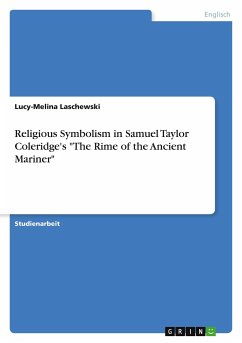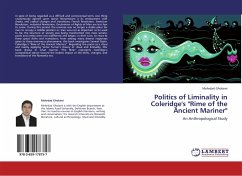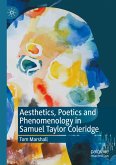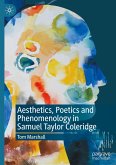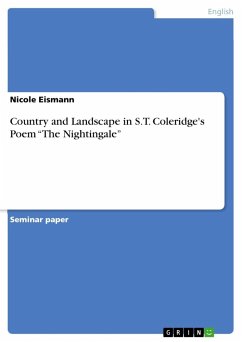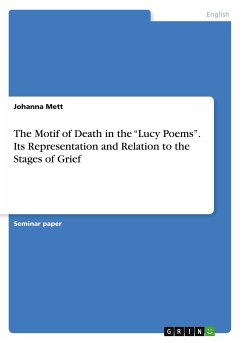Studienarbeit aus dem Jahr 2019 im Fachbereich Anglistik - Literatur, Note: 1,3, Heinrich-Heine-Universität Düsseldorf (Anglistik IV), Veranstaltung: The Romantic Imagination, Sprache: Deutsch, Abstract: This paper aims to show that the Christian symbolism in the poem works as a reflection of Coleridge's attempt at reconciling his religious faith with his secondary philosophical beliefs and will analyse form and imagery in regard to if he succeeds at doing so through theological symbolism.An initial point of concern will be Coleridge's relationship to religion and a general overview on his thoughts concerning religion and reason will be provided to get a further understanding of his viewpoint. J. Robert Barth's study of Coleridge and Christian Doctrine will provide an analytical basis for this matter. In light of Coleridge's history with religion and philosophy, "The Rime of the Ancient Mariner" is going to be examined in regard to its theological symbolism. As Coleridge revised the poem quite a few times in language and imagery, I decided to base my analysis solely on the 1718 version of the poem as this gives view to a more refined and thus adapted choice of words, which might find themselves more in coherence with Coleridge's thinking. Moreover, does this choice also simplify the matter at hand regarding the limited scope of this work. However, the incident of the poem's revisions themselves will find its place in the conclusion of this paper. Focusing on the symbols used in the poem, only a selection of lines and motifs will be analysed, including imagery revolving around the sea voyage (water, ship), the Albatross and Watersnakes, as well as a brief look on the image of the wedding, which is chosen as frame narrative for this ballad. These have been partly chosen in prospect to their significance on attempting to create a sense of unity.

